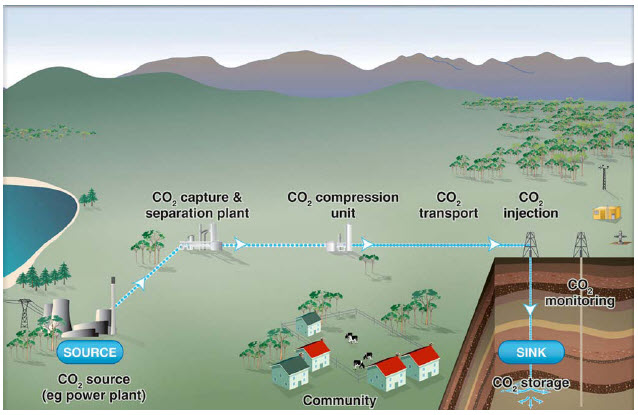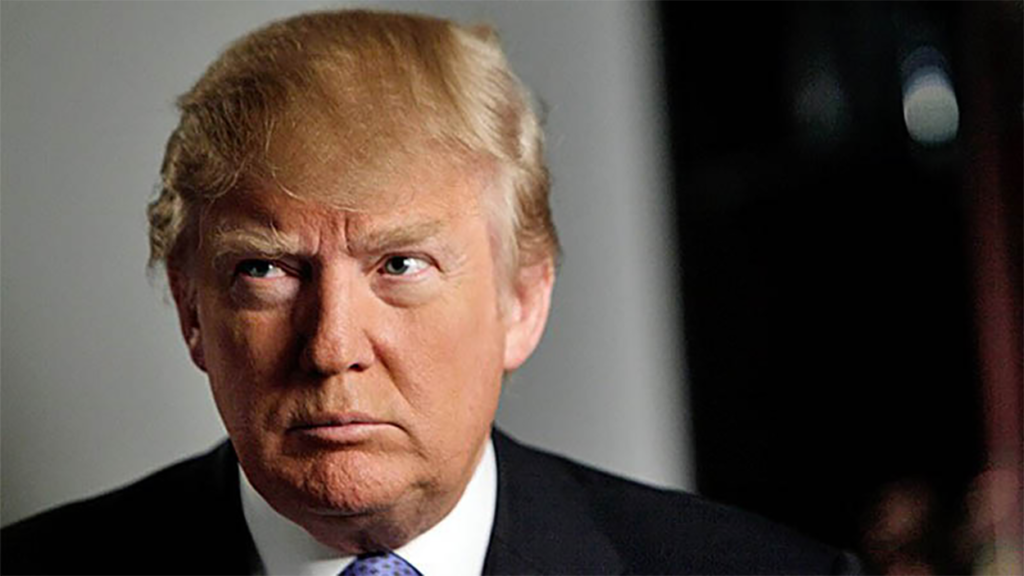My LTE of the month in the bEagle
March 25th, 2017

This week in the Republican Eagle:
Letter: Why an exemption from overtime?
To the editor:
Sen. Mike Goggin’s SF899 takes advantage of workers’ tenuous H2A status.
No, let’s be clear. What employee wouldn’t prefer overtime? This exemption is for the employer. It legislates lower wages for the employer. Hours and length of employment is specified in the H2A employment contract.
The only “choice” left to employees is to work hours the employer wants or lose their job and leave the U.S. if they can’t find another job immediately. That’s not “choice,” it’s extortion.
Most of us have worked “at will.” Employers set the hours and work is “at will” on the employer’s terms. You are “at will” to comply, quit, or be fired “at will.”
Goggin works for Xcel, which has a high pay rate and likely pays hourly workers overtime for over 40 hours a week. H2A workers must have an employment contract, are covered by federal wage laws, and employers must meet specific employment and reporting requirements to recruit and hire H2A workers, including declarations that they can’t find U.S. workers.
From Leviticus 19:33-34: “When a foreigner resides among you in your land, do not mistreat them. The foreigner residing among you must be treated as your native-born.”
The senator should instead promote equity and a legislative mandate of overtime pay for over 40 hours weekly.
Why exploit H2A guest workers? Is SF 899 the Christian thing to do?
Carol A. Overland
Red Wing
CO2 pipelines? It’s a red herring!
March 22nd, 2017

The Great Plains Institute has long been a problem, and it remains a problem, evidenced in today’s missive trying to bootstrap onto tRump’s “infrastructure” agenda, by releasing a “White Paper” “calling on President Trump and Congress to make CO2 pipelines a priority component of a broader national infrastructure agenda and recommending that the federal government support the development of CO2 pipeline networks.” Oh, great… brilliant idea, just brilliant.
Great Plains Institute a problem? Yes. They were paid handsomely to promote coal gasification, projects including but not limited to Excelsior Energy’s Mesaba Project, the boondoggle of boondoggles. For example:
Great Plains Institute – is Joyce getting their $$ worth?
January 18th, 2007
Carbon capture and storage/sequestration was seen by many circa 2005 as a “way forward for coal.” So the Walton’s Bill Grant said. No. It wasn’t.
CO2 sequestration is so… like… not happening!
It wasn’t a “way forward for coal” then, and it isn’t now.
The market has spoken on coal, and it’s clear that coal is on the way out as coal companies go bankrupt, as coal generated electricity languishes on the energy market, and as the inefficient and costly older coal plants have closed, with newer larger plants waiting in queue to be shuttered.
And CO2 capture and storage/sequestration is a farce. Why? Well, we learned a lot about CO2 capture in our fight against Excelsior Energy’s Mesaba Project. That’s where the Public Utilities Commission determined that it was just to expensive and risky to approve a Power Purchase Agreement — go HERE and search for PUC Docket 05-1933. Here’s a rough visual of CO2 capture and storage/use:
 From Global CCS Institute HERE
From Global CCS Institute HERE
So what’s the problem?
- First, capture is costly and difficult, particularly capturing any significant portion of CO2 generated.
- The higher percentage captured, the higher the cost of that capture, and high percentage capture has not been achieved.
- The cost of capture is not only the cost to physically do it, the hardware, technology, and engineering, but there is a high cost in efficiency of the CO2 producer, a parasitic cost, meaning that if you’re capturing that CO2, you’re paying a high price in efficiency of an already inefficient process (burning is always inefficient).
- And another parasitic cost, these pipelines require pumping stations to pressurize andpump it into the pipeline, a pumping station every 75 miles or so to keep that pressure up, and a pumping station at the destination, and those pumping stations require 4-10 MW of power, depending.
- Environmentally, the impacts of digging up land for hundreds of miles is immense.
- These are private projects and for a private project, a private purpose, eminent domain isn’t available for the taking of people’s land.
Yet this CO2 capture and storage/sequestration farce continues, evidenced in the most recent Great Plains Institute missive I found in the inbox, here the missive’s link to CO2 capture and storage for oil extraction, “Enhanced Oil Recovery”.
Here’s their “White Paper” with what they’ll be lobbying for:
Short version: The federal government should make this CO2 pipeline and infrastructure build out happen across the country, a la the Interstate highway system.
In light of tRump’s Executive Order 13766, Expediting Environmental Reviews and Approvals for High Priority Infrastructure Projects, that’s a scary notion.
Check out this site from Global CCS Institute, and note, they talk of benefits, but look for talk of costs. Hmm…
A “way forward for coal?” CO2 capture? Over my dead polar bear.
Maryland federal judge also rules against tRump and Muslim ban
March 16th, 2017
Nationwide — Hawaii judge stops tRump’s revised E.O. travel ban
March 15th, 2017

There are a few articles, but I cannot find the 40+ page court order! Looking… FOUND IT!!
Judge Derrik Watson_Hawaii Federal District Court_06112723217_TRO
Bottom line:

And some articles:
Federal Judge in Hawaii Puts Trump Travel Ban on Hold
Federal Judge in Hawaii Puts Trump’s New Travel Ban on Hold
Federal judge in Hawaii puts revised Trump travel ban on hold
Federal judge in Hawaii puts Trump travel ban on hold
Found it, what a great decision. And what a loser tRump is!
tRump wants to castrate Executive Branch?
March 14th, 2017

There he goes again…
Presidential Executive Order on a Comprehensive Plan for Reorganizing the Executive Branch
We know Steve Bannon wants “deconstruction the administrative state.” The theory:
Where does he think the regulations come from, what regulations are based on? Legislation, no?
Most every day, I send a note to the White House. Today:
Missive of the Day
I’m reading the Presidential Executive Order on a Comprehensive Plan for Reorganizing the Executive Branch. It is an invitation to gut or eliminate agencies, part of the “Deconstruction of the Administrative State” agenda. I understand the meaning of “deconstruction of the administrative state,” but I do not understand why a “President” would support it. Do you not understand that the “Administrative State” is the arm of the Executive Branch, that the agencies are the President’s power in the three-legged checks and balances of our government? Do you not understand that this castrates the Executive Office? Makes no sense, it’s against interest, to put it mildly. Further the work of the agencies, if not done, if agencies are eliminated, will inflict great harms on America and the American people. And how much money will be wasted in this nonsensical effort, how much agency time, public comment time?
And a technicality, but an important nonsensical statement — this part of the Executive Order is in direct conflict with the purpose of this Executive Order, DOH!
Sec. 3. General Provisions. (a) Nothing in this order shall be construed to impair or otherwise affect:
(i) the authority granted by law to an executive department or agency, or the head thereof; or…
The whole purpose of this Executive Order, and the “deconstruction of the administrative state” is to undermine authority granted by law to executive departments and agencies. Why would a President seek to undermine his power by gutting the Executive Branch? This castration is self-destructive — much as I want to see the Trump Administration neutered, this “deconstruction of the administrative state” goal, as a goal for a “President,” makes no sense to me.
Here’s the full Executive Order, just in case it disappears, or is different when it comes out in the Federal Register:
EXECUTIVE ORDER
– – – – – – –
COMPREHENSIVE PLAN FOR REORGANIZING THE EXECUTIVE BRANCH
By the authority vested in me as President by the Constitution and the laws of the United States of America, it is hereby ordered as follows:
Section 1. Purpose. This order is intended to improve the efficiency, effectiveness, and accountability of the executive branch by directing the Director of the Office of Management and Budget (Director) to propose a plan to reorganize governmental functions and eliminate unnecessary agencies (as defined in section 551(1) of title 5, United States Code), components of agencies, and agency programs.
Sec. 2. Proposed Plan to Improve the Efficiency, Effectiveness, and Accountability of Federal Agencies, Including, as Appropriate, to Eliminate or Reorganize Unnecessary or Redundant Federal Agencies. (a) Within 180 days of the date of this order, the head of each agency shall submit to the Director a proposed plan to reorganize the agency, if appropriate, in order to improve the efficiency, effectiveness, and accountability of that agency.
(b) The Director shall publish a notice in the Federal Register inviting the public to suggest improvements in the organization and functioning of the executive branch and shall consider the suggestions when formulating the proposed plan described in subsection (c) of this section.
(c) Within 180 days after the closing date for the submission of suggestions pursuant to subsection (b) of this section, the Director shall submit to the President a proposed plan to reorganize the executive branch in order to improve the efficiency, effectiveness, and accountability of agencies. The proposed plan shall include, as appropriate, recommendations to eliminate unnecessary agencies, components of agencies, and agency programs, and to merge functions. The proposed plan shall include recommendations for any legislation or administrative measures necessary to achieve the proposed reorganization.
(d) In developing the proposed plan described in subsection (c) of this section, the Director shall consider, in addition to any other relevant factors:
(i) whether some or all of the functions of an agency, a component, or a program are appropriate for the Federal Government or would be better left to State or local governments or to the private sector through free enterprise;
(ii) whether some or all of the functions of an agency, a component, or a program are redundant, including with those of another agency, component, or program;
(iii) whether certain administrative capabilities necessary for operating an agency, a component, or a program are redundant with those of another agency, component, or program;
(iv) whether the costs of continuing to operate an agency, a component, or a program are justified by the public benefits it provides; and
(v) the costs of shutting down or merging agencies, components, or programs, including the costs of addressing the equities of affected agency staff.
(e) In developing the proposed plan described in subsection (c) of this section, the Director shall consult with the head of each agency and, consistent with applicable law, with persons or entities outside the Federal Government with relevant expertise in organizational structure and management.
Sec. 3. General Provisions. (a) Nothing in this order shall be construed to impair or otherwise affect:
(i) the authority granted by law to an executive department or agency, or the head thereof; or
(ii) the functions of the Director relating to budgetary, administrative, or legislative proposals.
(b) This order shall be implemented consistent with applicable law and subject to the availability of appropriations.
(c) This order is not intended to, and does not, create any right or benefit, substantive or procedural, enforceable at law or in equity by any party against the United States, its departments, agencies, or entities, its officers, employees, or agents, or any other person.
DONALD J. TRUMP
THE WHITE HOUSE,
March 13, 2017.
